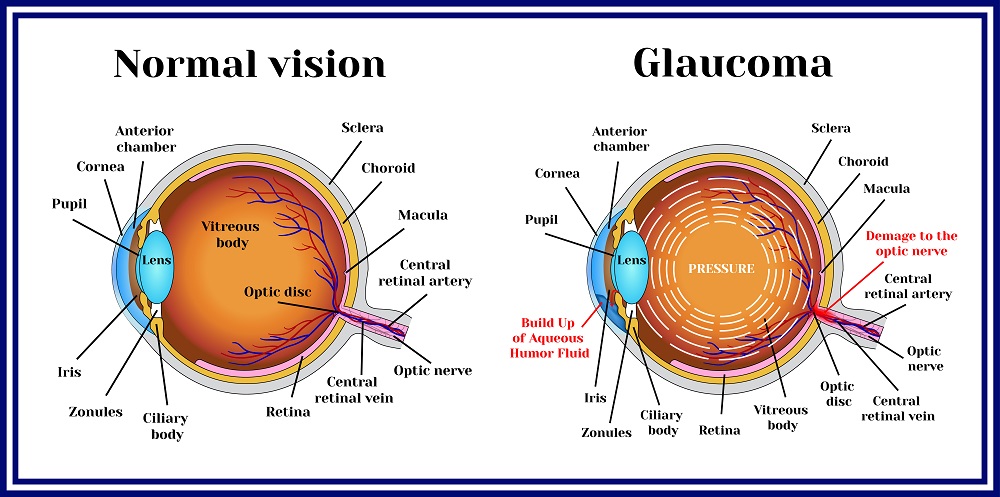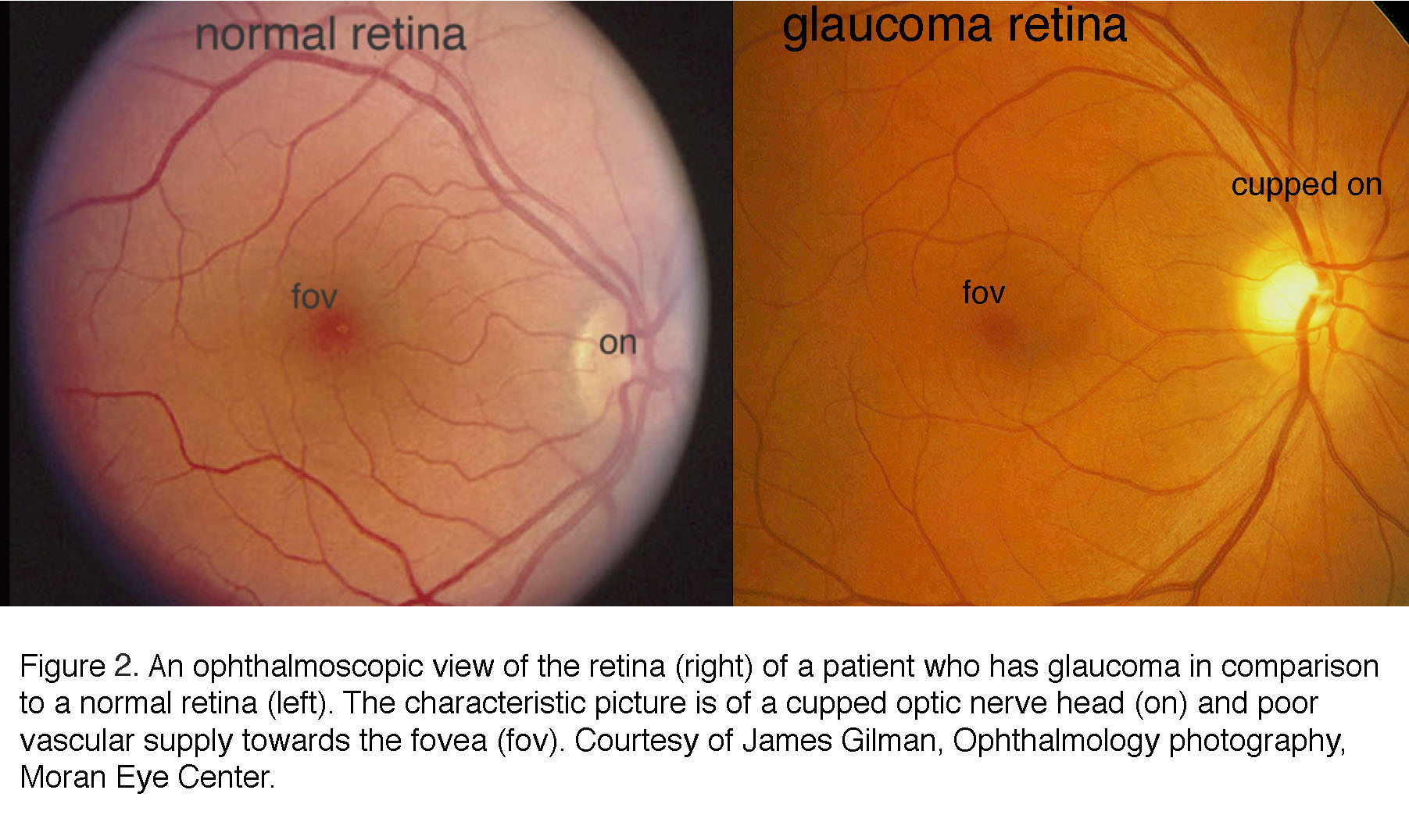Trusted Glaucoma Service Near Me: Shield Your Sight with Specialists
Trusted Glaucoma Service Near Me: Shield Your Sight with Specialists
Blog Article
Understanding the Different Vision Improvement Procedures Available for Clearer Sight
In the world of vision correction treatments, a plethora of alternatives exist to resolve refractive errors and offer individuals with more clear view. From the extensively acknowledged LASIK surgical procedure to less intrusive treatments like PRK and implantable lenses, the area of ophthalmology uses a variety of techniques tailored to suit different needs and preferences. Each treatment features its very own collection of factors to consider, advantages, and possible threats. Understanding the nuances of these vision adjustment techniques is vital for making educated choices regarding one's aesthetic health and wellness. Allow's check out the ins and outs of these treatments and clarified the path to accomplishing improved vision clarity.
LASIK Surgical Treatment
LASIK surgical procedure is a typical refractive procedure used to correct vision troubles such as astigmatism, farsightedness, and nearsightedness - retina service near me. This medical strategy, which means Laser-Assisted in Situ Keratomileusis, intends to improve the cornea to improve just how light is concentrated on the retina, eventually enhancing vision quality. Throughout the procedure, a slim flap is developed on the cornea, and a laser is made use of to get rid of accurate amounts of cells to reshape it suitably. This improving permits light to be properly concentrated onto the retina, remedying refractive errors.
One of the key benefits of LASIK surgical treatment is the quick improvement in vision experienced by clients. On the whole, LASIK surgical treatment is a preferred selection for people looking for a long-term solution for their vision issues.
PRK Treatment
While also an usual refractive procedure, the PRK (Photorefractive Keratectomy) strategy differs from LASIK surgical treatment in its approach to remedying vision problems. In PRK, rather than creating a flap on the cornea, the outer layer of the cornea, called the epithelium, is entirely removed. This permits the laser to reshape the cornea to fix refractive mistakes such as nearsightedness, astigmatism, and farsightedness straight externally.

Regardless of the longer recuperation time, PRK can yield outstanding results in vision enhancement, making it a useful choice for those that might not be suitable candidates for LASIK surgical treatment.
Implantable Lenses
As opposed to PRK where the cornea is improved directly, implantable lenses use an additional approach for dealing with vision by putting artificial lenses inside the eye. This procedure is particularly useful for individuals with high levels of nearsightedness, farsightedness, or astigmatism who may not be suitable prospects for laser surgeries like LASIK or PRK.
Implantable lenses, also referred to as phakic intraocular lenses, job by supplementing the eye's all-natural lens with a fabricated one. refractive surgeries in al. These lenses can be positioned before the all-natural lens (former chamber) or behind the iris and in front of the natural lens (posterior chamber) By changing the power and positioning of these lenses, ophthalmologists can efficiently fix refractive errors and boost aesthetic acuity
One advantage of implantable lenses is that they are exchangeable and detachable, supplying adaptability for future modifications. As with any medical procedure, there are risks involved, such as infection or cataract development. Individuals thinking about implantable lenses need to seek advice from an eye care professional to figure out one of the most ideal option based upon their individual demands and eye health and wellness.
Corneal Rings
Corneal rings, additionally called intracorneal ring sections, are tiny, transparent tools inserted right into the cornea to fix vision distortions such as keratoconus. Keratoconus is a problem where the cornea thins and bulges exterior, visit this page causing vision to end up being altered. The insertion of corneal rings helps to squash the cornea, improving visual acuity and lowering the irregular astigmatism triggered by keratoconus.
The treatment for inserting corneal rings is minimally invasive and reasonably fast, commonly performed as an outpatient procedure. Throughout the surgery, the ophthalmologist makes a tiny laceration in the cornea and inserts the rings at a particular deepness. As soon as in position, the rings assist to improve the cornea, offering a smoother surface area for light to get in the eye, which can result in clearer vision.
Corneal rings are taken into consideration a relatively easy to fix procedure, as they can be eliminated or changed if essential. retina service near me. While they may not totally remove the need for glasses or get in touch with lenses, corneal rings can dramatically improve vision high quality and general aesthetic comfort for individuals with keratoconus or other corneal abnormalities
Refractive Lens Exchange
Complying with the improvement of corneal irregularities with procedures like corneal rings, another vision adjustment method that can resolve refractive mistakes is Refractive Lens Exchange (RLE) RLE is a surgical procedure that involves replacing the eye's natural lens with an artificial intraocular lens (IOL) to fix refractive errors such as nearsightedness, farsightedness, and presbyopia. This procedure is specifically valuable for look these up people that may not appropriate candidates for procedures like LASIK or PRK due to factors such as thin corneas or high refractive errors.

Verdict
In verdict, there are various vision adjustment treatments readily available to aid individuals achieve clearer sight. LASIK surgery, PRK procedure, implantable lenses, corneal rings, and refractive lens exchange are all options that can address various vision concerns. It is crucial for individuals to seek advice from their eye treatment supplier to identify one of the most suitable procedure based upon their specific needs and preferences. With developments in innovation, accomplishing enhanced vision is now much more available than ever.
In the realm of vision correction treatments, a plethora of alternatives exist to attend to refractive errors and offer individuals with clearer view.LASIK surgical treatment is a typical refractive procedure made use of to remedy vision issues such as nearsightedness, farsightedness, and astigmatism.While additionally a typical refractive procedure, the PRK (Photorefractive Keratectomy) strategy varies from LASIK this article surgery in its strategy to remedying vision problems.Adhering to the modification of corneal irregularities with treatments like corneal rings, one more vision correction strategy that can deal with refractive mistakes is Refractive Lens Exchange (RLE) LASIK surgical treatment, PRK procedure, implantable lenses, corneal rings, and refractive lens exchange are all choices that can deal with various vision problems.
Report this page